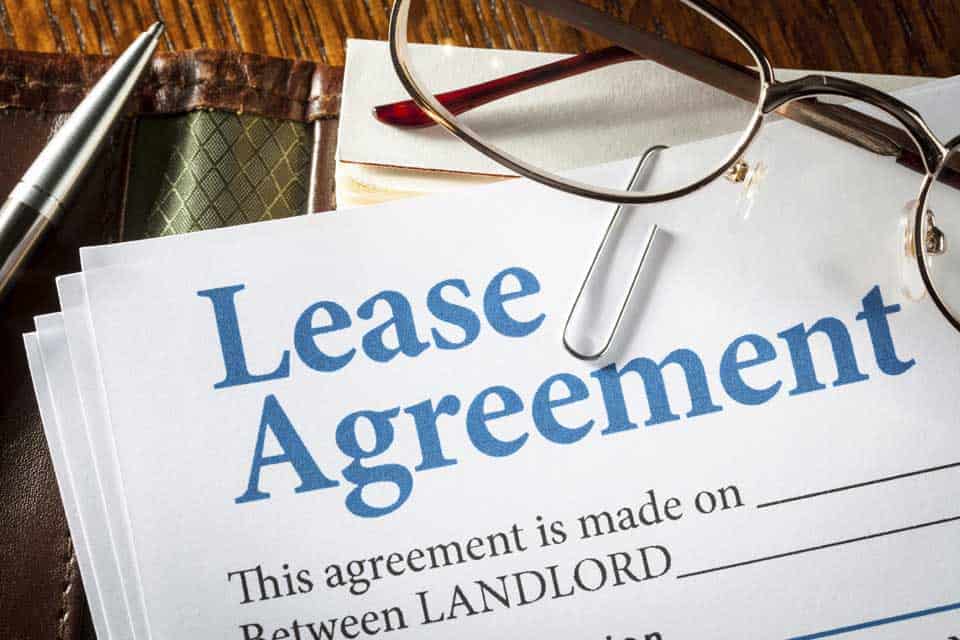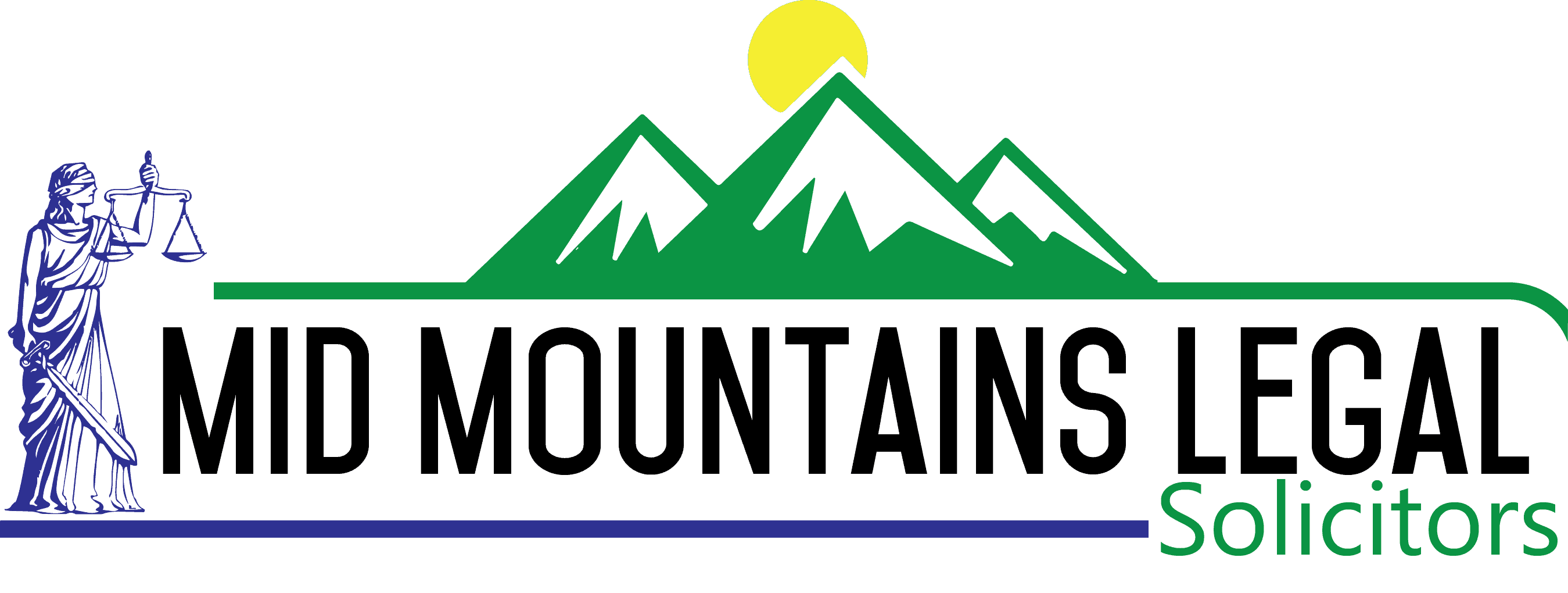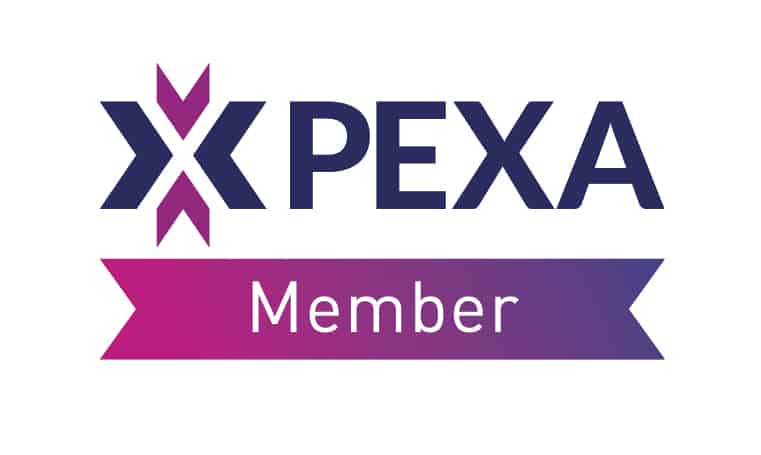Buying a small business
On this page:


Steps:
- Apply for your business loan.
- Having located a business you want to buy, consult a professional such as a solicitor, financial advisor, valuer or accountant to help you decide whether to buy it.
- The seller’s solicitor usually provides your solicitor with the contract for sale. Your solicitor or accountant can advise you in regards to:
- The key elements being purchased, and whether it may be preferable to buy only the equipment used by the business, or have a license granted to operate the business, or buy the company that operates the business;
- the contract for sale of business;
- Licensing or qualification requirements for your industry;
- The type of entity to operate your business (e.g. sole trader, incorporated company, or trust).
Contract advice and negotiation
Your solicitor will advise you in regards to the contract for sale of business (e.g. whether to request amendments).
Once agreement is reached, the contract is signed and contracts are exchanged, making the agreement legally binding.
What is due diligence?
Due diligence is where a buyer reviews and verifies the information the seller provides about the business, such as the business’ records and its assets. It is usually undertaken before entering into a sale of business contract.
Due diligence can uncover problems that can be costly or cause the business to fail (e.g. equipment not owned by the seller, agreements cannot be transferred). The due diligence process should include investigating:
- who owns important assets (i.e. trade marks, software, licences);
- the business’ ability to make a profit;
- the condition of the equipment; and
- whether there are any nearby competitors.
The due diligence process
- Request documentation to review
You (for a larger business, a due diligence team consisting of a solicitor and an accountant) send the seller a list of the types of business records you would like to inspect. You may also request the seller’s permission to physically inspect key equipment and the premises.
2. Seller provides documentation
The seller provides that information in person or by email (for a larger business they can upload the information to a secure document sharing platform (a data room) accessible to your due diligence team).
3. Requests For Information (RFI) process
You (or for a larger business, your due diligence team) ask the seller for additional documents and ask them questions about the information they provide.
4. RFI responses provided
The seller responds to your questions. You (or for a larger business, your due diligence team) decide if you have any concerns about the business and consider potential solutions or options to raise with the seller to reduce risks associated with the purchase.
Proceeding with the Purchase
You decide:
- to pay the asking price; or
- to try to negotiate a reduced price; or
- not to proceed with the purchase.
When should I undertake due diligence?
The due diligence review process generally takes place before you enter into a formal sale of business contract.
However, it is also possible to have a due diligence period clause included in the contract. This allows you to sign the contract and conduct your due diligence within a set period after signing. If during that period you uncover something about the business you are unhappy with, you can terminate the contract and walk away from the sale.
Confidentiality and non-compete
If the seller refuses to give you certain documents before you sign the contract, they may be worried about what you will do with the information. In that event, you should ask the seller why they have not provided the requested documents.
If the seller is concerned about confidentiality, offer to first sign a non-disclosure or confidentiality agreement.
If the seller continues to refuse to provide you with certain documents, it is a red flag that there may be issues with the business or documentation they do not want you to learn about.
What do I review?
You should investigate all business records, issues and assets that will help you decide whether proceed with the purchase, including:
Key Issues/Documents Explanation
Balance sheets | Including accumulated entitlements to annual leave or other employee benefits |
Sales records | To check how the products or services of the business perform |
Profit and loss statement | Shows how much money or profit the business is making |
Tax returns | To understand the revenue of the business and the average tax payable annually |
Valuation of the business | How much the business is worth |
What is the PPSR?
The Personal Property Securities Register
The Personal Property Securities Register (PPSR) is an official public noticeboard of registered security interests in personal property.
Land, buildings and fixtures attached to the land are not personal property.
The PPSR is managed by the Registrar of Personal Property Securities under the Australian Financial Security Authority.
Registering interests on the PPSR
Registering an interest on the PPSR lets the world at large know that the registered party claims to have a security interest over the property.
A security interest may be created when a grantor agrees to a secured party taking an interest in the personal property of the grantor as security for a loan or other obligation. The secured party can take the personal property (collateral) if the secured obligation is not met.
A potential purchaser can search the PPSR to determine if there are any security interests over items of personal property.
What is Intellectual Property?
The expressions “industrial property” and “intellectual property” describe the rights giving protection to creative and intellectual effort. They include:
- trade marks
- copyright
- patents
- designs
- confidential information; and
- domain names.
Trade Marks
A trade mark can be a phrase, word, number, letter, smell, sound, shape, picture, logo, aspect of packaging or a combination of these used to distinguish your goods and services from those of other traders.
The registration of trade marks and infringement of registered trade marks is governed by the Trade Marks Act 1995 (Cth). Registration of a trade mark provides the legal right to use, license or sell the mark within Australia for the goods and services for which it is registered.
The owner of a registered trade mark can sue the owner of a business or company name for infringing the trade mark if they use it to describe similar goods or services to those covered by the trade mark registration.
Registering your trade mark gives you the right to:
- exclusively use or authorise another person to use the mark within Australia in relation to specified goods or services;
- sell the trade mark as personal property; and
- notify the Australian Border Force of your objection to the importation of goods that infringe your rights in trade marks.
The initial registration period of 10 years may be renewed indefinitely for 10 year periods. Unused trade marks may be removed from the register.
Copyright
The law of copyright is governed by the Copyright Act 1968 (Cth). Copyright is legal protection for people who express ideas and information in forms such as writing, visual images, music and film. It protects the form of expression of an idea or information.
Australia does not have a system of registration for copyright protection.
Copyright protection is free and automatic. A work need not be published or bear a copyright notice to be covered by copyright. However, it must be the result of its creator’s skill and effort.
The general rule is that copyright lasts for the life of the creator plus 70 years, or sometimes for 70 years from the date of first publication.
Patents
The Patents Act 1990 (Cth) regulates rights in relation to patents and patent owners (“patentees”) and gives a patentee a monopoly for inventions. This prevents others from selling, using, making or otherwise exploiting an invention for the duration of the patent.
A patent must be registered in each country in which protection is sought.
To be patentable, an invention must meet criteria set out in the Patents Act. It must be novel and relate to a field of commercial endeavour. To be “new” or “novel”, the invention must not have been published or used by anyone worldwide before the patent application’s “priority date”.
In Australia the two types of patent protection are a standard patent and an innovation patent. An innovation patent gives less protection and has a shorter term (8 years) than a standard patent (20 years).
Designs
“Design” relates to the artistic element in or overall appearance of a manufactured product. To be registrable, a design must be new and distinctive.
Registering a design protects the visual appearance of a newly created article or product from being copied by competitors for five years (renewable for five years) (Designs Act 2003).
Confidential Information
“Confidentiality” and “trade secrets” refer to a type of intellectual property and a strategy to protect intellectual property.
A Confidentiality Deed may be required to protect confidential information. It is an agreement between parties to keep specified information confidential. One party may disclose confidential information to another, or both parties may exchange information.
For information to be protected under a Confidentiality Deed:-
- it cannot be information already known to the public;
- it must be a product of the mind that confers a confidential nature on that information; and
- it must be provided in circumstances of confidentiality.
Domain Names
Your business must have all relevant domain names registered with the relevant organisations.
Commercial and Retail Leases in NSW

Whether you’re taking over an existing lease, surrendering or exercising an option on a lease, or commencing a new lease, we’re here to advise, support and guide you through the process.

When does a lease commence?
A lease generally commences when both parties have signed it. Neither party can end it without the other’s consent.
An unsigned lease is valid if the tenant takes possession of the premises or begins to pay rent.
What is the lease period?
The lease period may include an option to renew or extend the period.
What is permitted use?
“Permitted use” is the type of business you can run from the premises.
If the council does not permit the premises to be used for your type of business, you must seek the landlord’s and the council’s consent.
What is the Retail Leases Act 1994?
The Retail Leases Act 1994 sets out the legal requirements regarding retail leases for business premises listed in schedule 1 of the Retail Leases Regulation 2022.
Some costs of leasing (for Retail Leases Act leases)
Lease preparation
The landlord pays for preparation of the lease unless you ask for changes after you have returned the tenant’s disclosure statement to the landlord.
You pay transfer duty on and registration fees for the lease. A lease of over three years (including an option) must be registered.
Fitout
You will probably have to pay for the installation of fixtures and fittings (the fitout).
The landlord’s disclosure statement will state if you are responsible for the landlord’s costs of preparing the shop for the fitout.
Payment of Rent
Rent is normally paid in advance.
If the lease requires that you keep actively trading in the lease period, during that period you:
- cannot close the business;
- may use the premises only for the permitted use; and
- must pay the rent.
If you do not pay the rent on time, the landlord may lock you out or end the lease without notice.
Outgoings
Outgoings are the landlord’s expenses which you agree to pay under the lease.
Security
What is a disclosure statement (for Retail Leases Act leases)?
You and the landlord must give each other a disclosure statement using a specific form.
The landlord’s disclosure statement should include all the agreements reached during negotiation and any promises made by the landlord
Verbal commitments the landlord or their agent has made about the premises should be written in the tenant’s disclosure statement.
Time limits apply to the provision of a disclosure statement to the other party.
Deed of Surrender of Lease
What is a Deed of Surrender of Lease?
When a landlord and tenant agree to terminate an existing lease before the expiry date, it is known as a termination of lease by agreement or a surrender of lease.
That agreement must be formally recorded in a Deed of Surrender of lease, which formally terminates the lease and records any other arrangements the landlord and tenant have agreed to.
What should I consider when negotiating a Deed of Surrender of Lease?
Before preparing the legal documents, the landlord and tenant should reach agreement on conditions including:-
- Date of surrender of lease;
- Who pays the legal fees;
- Rent and outgoings;
- Payment for early termination of the lease;
- Mutual release;
- Make Good;
- Guarantees Bonds, Security deposits and Bank Guarantees.
What now?
Whether you are a potential landlord or tenant, contact us to guide and support you through the process of taking out a commercial or retail lease.




